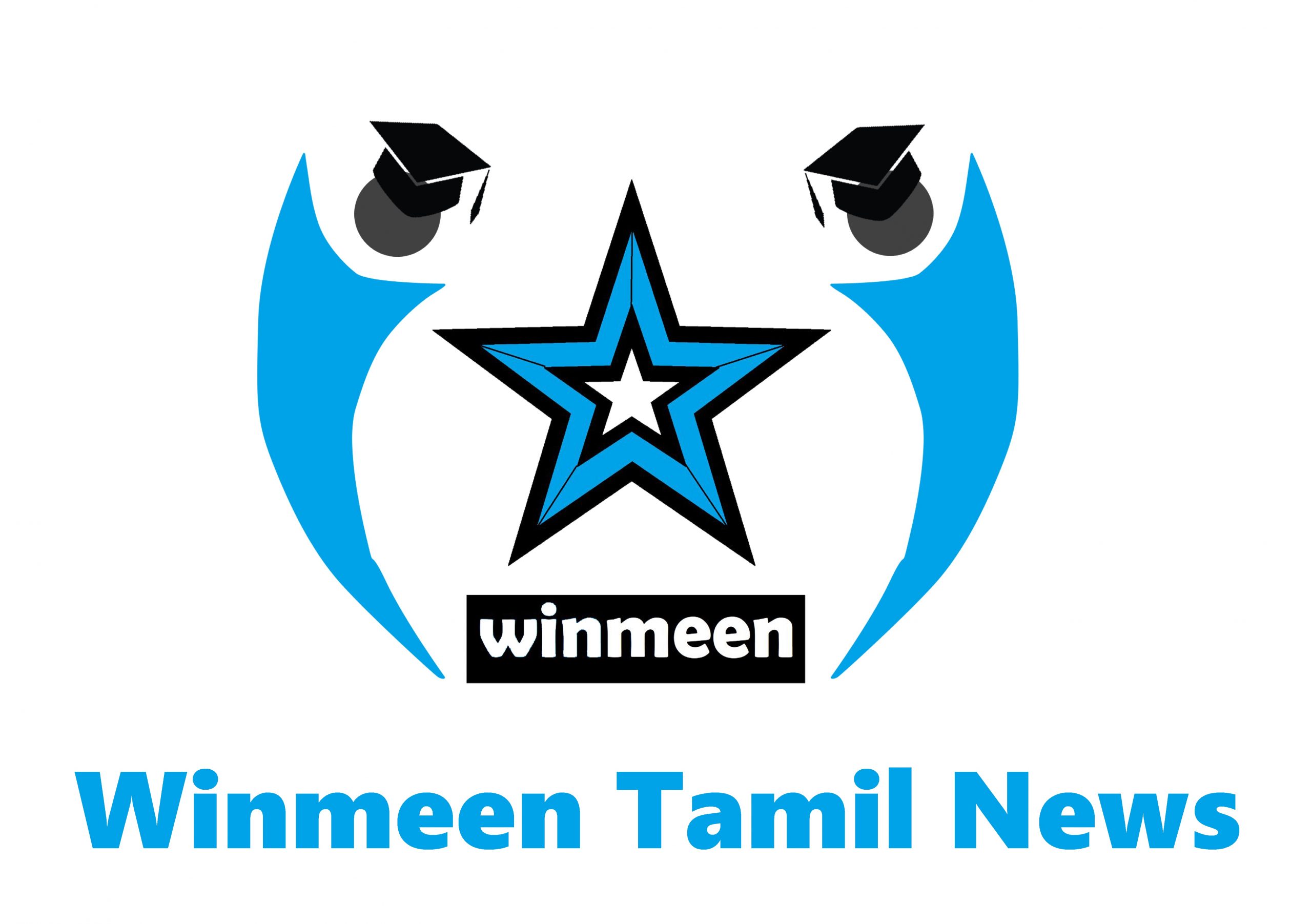காசநோய் ஆராய்ச்சி நிதிப் போக்குகள், 2005-2021 அறிக்கை சிகிச்சை நடவடிக்கை குழு (TAG) மற்றும் ஸ்டாப் டிபி பார்ட்னர்ஷிப் மூலம் சமீபத்தில் வெளியிடப்பட்டுள்ளது

காசநோய் ஆராய்ச்சி நிதிப் போக்குகள், 2005-2021 அறிக்கை சிகிச்சை நடவடிக்கை குழு (TAG) மற்றும் ஸ்டாப் டிபி பார்ட்னர்ஷிப் மூலம் சமீபத்தில் வெளியிடப்பட்டது.
ட்ரீட்மென்ட் ஆக்ஷன் குரூப் (TAG) பற்றி ட்ரீட்மென்ட் ஆக்ஷன் குரூப் (TAG)
ஒரு சுயாதீன ஆர்வலர் மற்றும் சமூகம் சார்ந்த ஆராய்ச்சி மற்றும் கொள்கை சிந்தனைக் குழு இனம், பாலினம் மற்றும் LGBTQ+ சமத்துவம், சமூக நீதி மற்றும் விடுதலை ஆகியவற்றை ஊக்குவிக்கிறது. பாதிக்கப்பட்ட சமூகங்கள், விஞ்ஞானிகள் மற்றும் கொள்கை வகுப்பாளர்களின் கூட்டு நடவடிக்கைகளை உறுதி செய்வதன் மூலம், HIV, காசநோய் (TB) மற்றும் ஹெபடைடிஸ் சி வைரஸ் (HCV) ஆகியவற்றால் பாதிக்கப்பட்ட விளிம்புநிலை மற்றும் பாதிக்கப்படக்கூடிய மக்களுக்கு இது ஆதரவளிக்கிறது.
அறிக்கையின் முக்கிய கண்டுபிடிப்புகள் என்ன?
- சமீபத்திய அறிக்கை, கோவிட்-19 தொற்றுநோய் தொடங்கியதில் இருந்து காசநோய் ஆராய்ச்சி செலவினங்களைச் சேர்த்து இரண்டாவது ஆண்டைக் குறிக்கிறது.
- அறிக்கையின்படி, 2020 மற்றும் 2021 ஆம் ஆண்டுகளில் காசநோய்க்கான ஆராய்ச்சி மற்றும் மேம்பாட்டுக்கான செலவினங்களில் சரிவு ஏற்படவில்லை, ஏனெனில் தொற்றுநோய்க்கு பதிலளிப்பதற்கான ஆதாரங்களை மறுஒதுக்கீடு செய்தல் அல்லது மறுசீரமைத்தல்.
- 2021 ஆம் ஆண்டில், காசநோய் ஆராய்ச்சி மற்றும் மேம்பாட்டுக்கான நிதி வரலாற்றில் முதல்முறையாக பில்லியன் டாலர் வரம்பை எட்டியுள்ளது.
- இது ஒரு குறிப்பிடத்தக்க மைல்கல் என்றாலும், காசநோய் தொடர்பான 2018 ஐக்கிய நாடுகளின் உயர்மட்டக் கூட்டத்தில் அரசாங்கங்கள் செய்ததில் பாதி மட்டுமே. காசநோயை முடிவுக்குக் கொண்டுவருவதற்கான பாதையில் உலகை வைக்க தற்போது தேவைப்படும் வளங்களில் இது ஐந்தில் ஒரு பங்கு மட்டுமே.
- காசநோய் தொடர்பான 2018 ஐ.நா. உயர்மட்டக் கூட்டத்தின் போது, காசநோய் ஆராய்ச்சிக்கான நிதியை ஒவ்வொரு ஆண்டும் 2 பில்லியன் அமெரிக்க டாலராக அதிகரிக்க அரசாங்கங்கள் உறுதியளித்தன. புதிய தடுப்பூசிகள், நோயறிதல்கள் மற்றும் சிகிச்சைகள் தேவைப்படுவதால், காசநோயை ஒரு தொற்றுநோயாக முடிவுக்குக் கொண்டுவருவதற்கான 2030 SDG இலக்கை அடைய, காசநோயை எதிர்த்துப் போராடுவதற்கு தற்போது இருக்கும் கருவிகள் மட்டும் போதுமானதாக இல்லை என்பதை அவர்கள் அங்கீகரித்துள்ளனர்.
- 2022 ஆம் ஆண்டில், ஸ்டாப் டிபி பார்ட்னர்ஷிப் 2023-2030 காசநோயை முடிவுக்குக் கொண்டுவருவதற்கான உலகளாவிய திட்டத்தை வெளியிட்டது, இது ஒவ்வொரு ஆண்டும் நிதியுதவியை 5 பில்லியன் அமெரிக்க டாலர்களாக அதிகரிக்க பரிந்துரைத்தது. இது 2018 ஐ.நா உயர்மட்டக் கூட்ட இலக்கை விட இரண்டு மடங்கு அதிகம்.
- கோவிட்-19 தொற்றுநோய் இன்றுவரை காசநோய் ஆராய்ச்சிக்கான நிதியைக் குறைக்கவில்லை என்றாலும், காசநோயை எதிர்த்துப் போராடுவதில் உலகளாவிய முன்னேற்றங்களை அது அழித்துவிட்டது. 2020 மற்றும் 2021 ஆம் ஆண்டுகளில், 2005 க்குப் பிறகு முதல் முறையாக காசநோயால் ஏற்படும் இறப்புகளின் எண்ணிக்கை அதிகரித்தது. இது முக்கியமாக அவசரகால பதில்களில் தொற்றுநோயால் ஏற்படும் தாமதங்கள் மற்றும் முக்கியமான நோயறிதல்கள் மற்றும் உயிர்காக்கும் சிகிச்சைகளுக்கு அணுக முடியாததன் காரணமாகும்.
- தொற்றுநோய் காசநோய் ஆராய்ச்சி முடிவுகளை தாமதப்படுத்தியுள்ளது. ஆராய்ச்சிக்கான வரையறுக்கப்பட்ட ஆதாரங்கள் COVID-19 பாதுகாப்பு நடவடிக்கைகளை ஆதரிப்பதற்காக நீட்டிக்கப்பட்டுள்ளன, இதனால் ஆராய்ச்சி நடவடிக்கைகள் தடையின்றி தொடர முடியும்.
- இந்த ஆண்டு அறிக்கை காசநோய் ஆராய்ச்சிக்கான நிதியுதவி அதிகரிப்பதைக் காட்டுகிறது என்றாலும், அத்தகைய நிதியின் பெரும்பகுதி சில பெரிய நிறுவனங்களிடமிருந்து வருகிறது. முதல் இரண்டு நிதியளிப்பவர்கள் சேர்ந்து மொத்த செலவில் 47 சதவீதத்தையும், முதல் 20 ஃபண்டுகள் அனைத்து ஃபண்டுகளிலும் 83 சதவீதத்தையும் கொண்டுள்ளது. மீதமுள்ள 17 சதவீத நிதி 141 சிறிய நிறுவனங்களிடமிருந்து வருகிறது.
Tuberculosis Research Funding Trends 2005-2021 Report
The report Tuberculosis Research Funding Trends, 2005–2021 was released recently by Treatment Action Group (TAG) and the Stop TB Partnership.
About Treatment Action Group (TAG)
The Treatment Action Group (TAG) is an independent activist, and community-based research and policy think tank promoting racial, gender, and LGBTQ+ equality, social justice and liberation. It is supporting marginalized and vulnerable people affected by HIV, tuberculosis (TB), and Hepatitis C Virus (HCV) by ensuring collective actions by affected communities, scientists, and policymakers.
What are the key findings of the report?
- The latest report marks the second year of including TB research spending since the start of the COVID-19 pandemic.
- According to the report, 2020 and 2021 did not witness a decline in spending for TB research and development due to reallocation or reprioritization of resources for responding to the pandemic.
- In 2021, the funding for TB research and development has reached the billion-dollar threshold for the first time in history.
- While this is a significant milestone, it is only half of what the governments committed in the 2018 United Nations High-Level Meeting on TB. It is only one-fifth of the resources currently required to put the world on track to end TB.
- During the 2018 UN High Level Meeting on TB, governments committed to scale up the funding for TB research to 2 billion USD each year. They recognized that the currently available tools to combat TB alone are not sufficient to meet the 2030 SDG target of ending TB as an epidemic since new vaccines, diagnostics and treatments are required.
- In 2022, the Stop TB Partnership released the 2023–2030 Global Plan to End TB, which recommended increasing the funding to 5 billion USD each year. This is more than double the 2018 UN High-Level Meeting Target.
- While the COVID-19 pandemic may not have visibly reduced the TB research funding till date, it had devastated the global breakthroughs in combating TB. In 2020 and 2021, number of deaths caused by TB surged for the first time since 2005. This is mainly because of the pandemic-led delays in emergency responses and inaccessibility to critical diagnostics and life-saving treatments.
- The pandemic has also delayed the TB research results. The limited resources for research were stretched to support COVID-19 safety measures so that research activities can continue unhindered.
- Though this year’s report shows increasing in funding for TB research, the majority of such funding comes from a few large organizations. The top two funders together account for 47 per cent of the overall expenditure, and the top 20 funds account for 83 per cent of all funds. The remaining 17 per cent of the funds comes from 141 smaller organizations.

